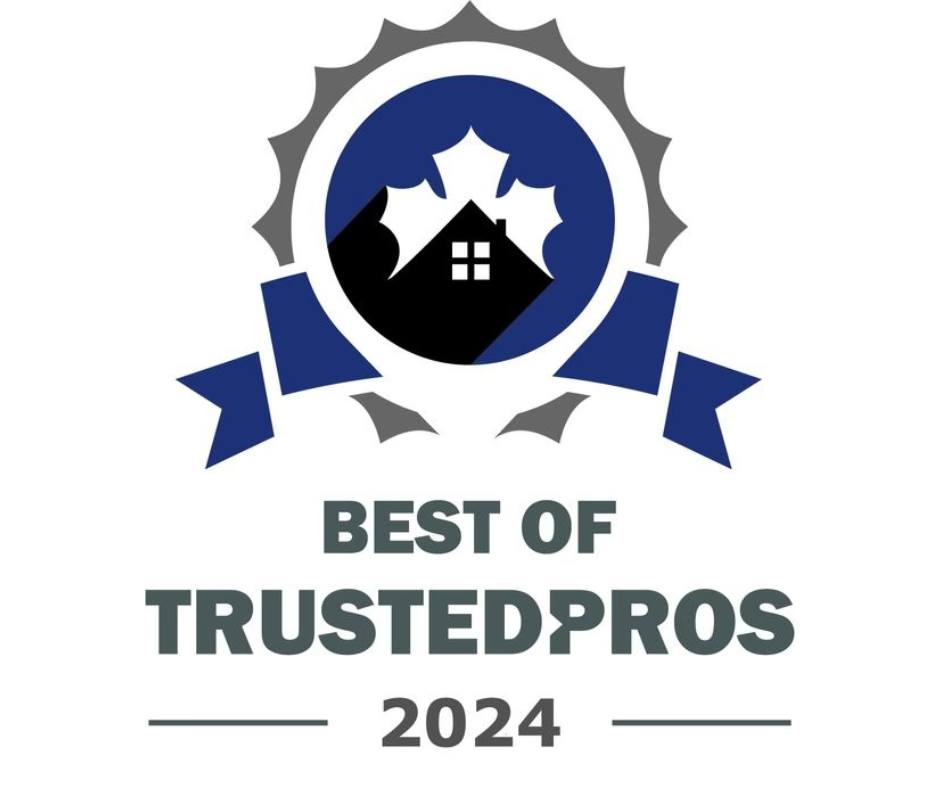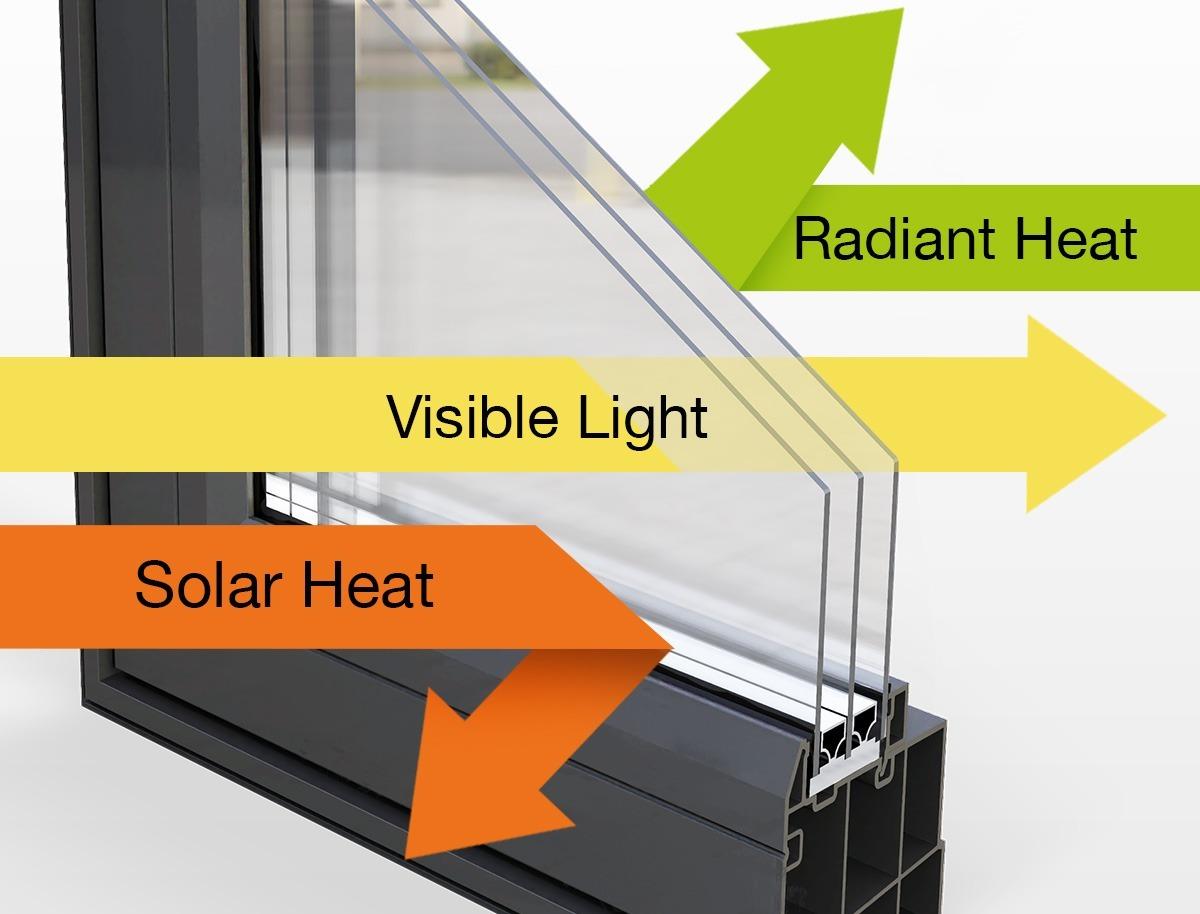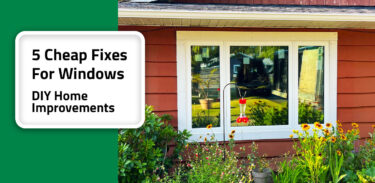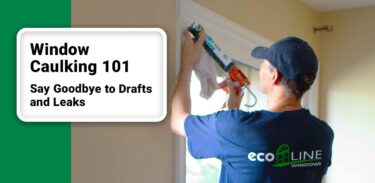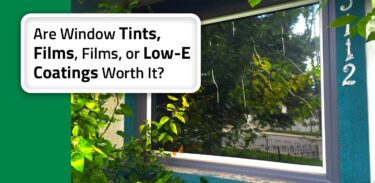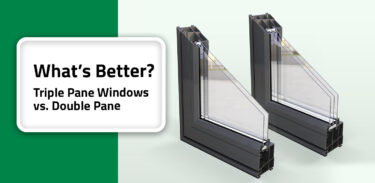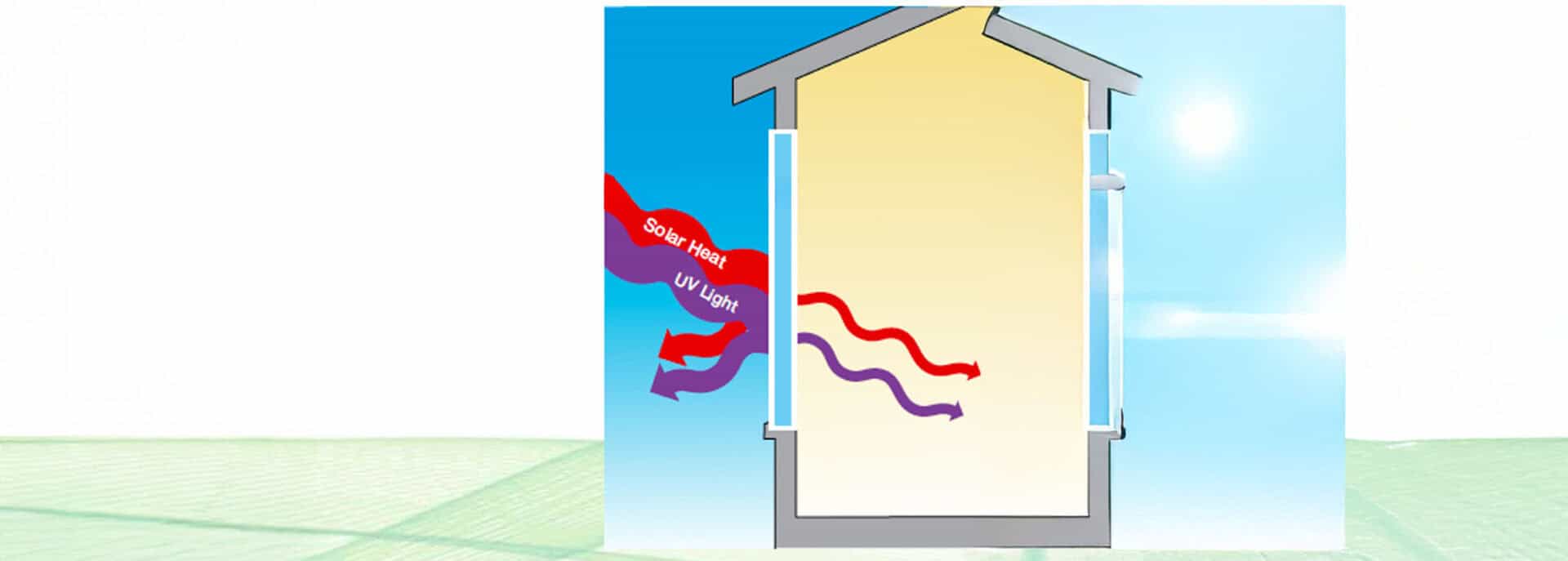

How New Windows Protect Your Home from UV Radiation
Oct 15, 2025
5 min read
777
The amount of light a window lets in is usually one of the biggest factors people consider when shopping for windows. After all, you wouldn’t want to buy new windows if you couldn’t see through them. But what about everything that travels with the light that enters your house?
That is why we wanted to take some time to discuss UV radiation and what you need to know as you’re looking for an ideal company on the windows and doors replacement market.
What is UV Radiation and How Does it Affect Your Home?
By now, we all know that excessive UV (ultraviolet) radiation can have damaging effects on your skin, but few people consider the harmful ways it can affect your home. But in order to understand what can be done about damaging sun rays, it is important to understand just what they are.
In simple terms, UV radiation is solar energy that is moving very rapidly. It is called ultraviolet because the wavelengths in which it moves are much shorter than those of visible sunlight. Scientists classify UV radiation into three categories by wavelengths: UVA (315 – 400 nm), UVB (290 – 315 nm), and UVC.
UVA radiation is of the biggest concern to you as a Canadian homeowner, as it is the largest component to reach the Earth’s surface. It is also thought to be not only the main cause of skin aging, but a contributor to fading and damage of woods, plastics, paints, and fabrics. In short, if it’s not good for you, it probably isn’t for your home either.
A big misconception Canadian consumers have when it comes to window replacement is that because of a colder climate they don’t need UV protection. Protecting against UV radiation is important in all types of climates, whether sunny and warm or cloudy and cold.
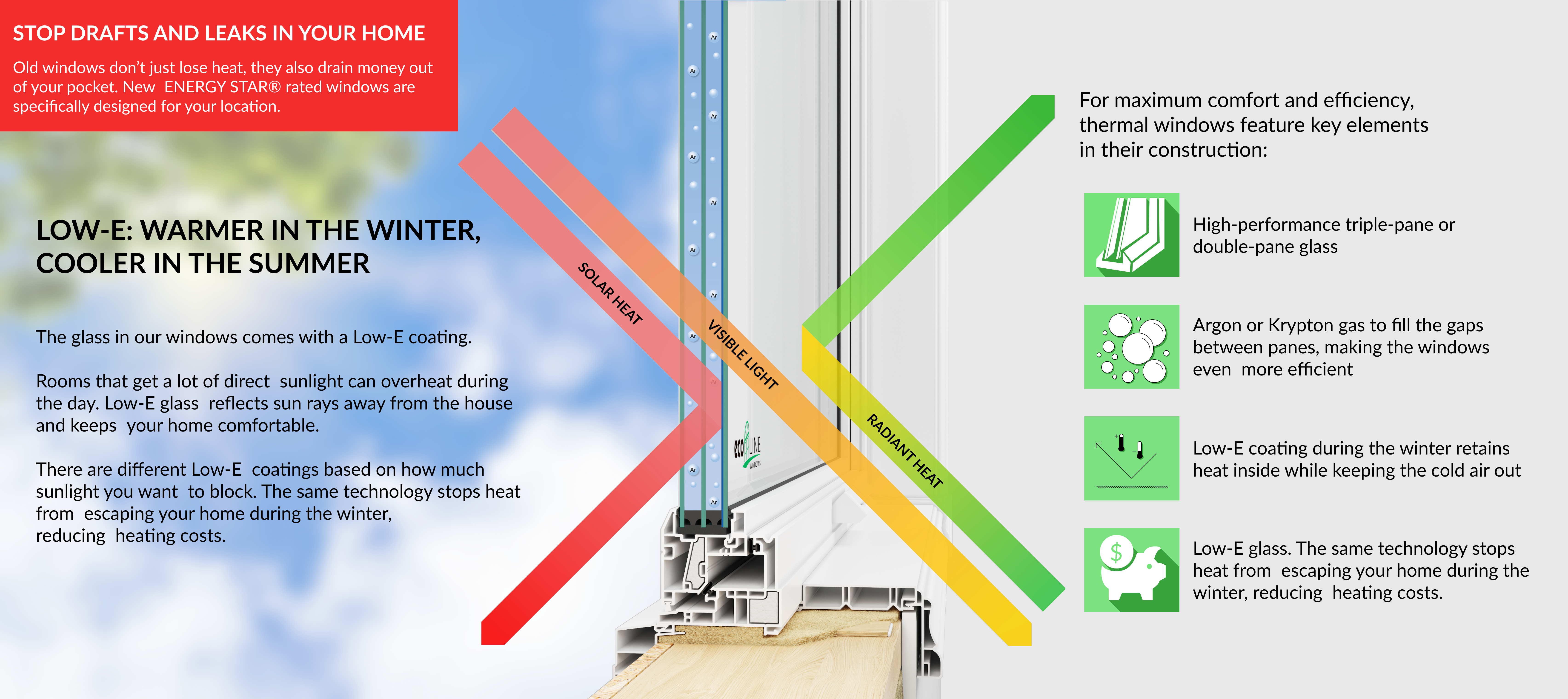
The most convenient and personalised way to ensure UV protection for your home is the use of Low-E coatings in the window glazing. We have discussed the technology and process behind Low-E in earlier posts.
Low-E helps keep your home cooler in the summer by blocking excessive heat and light. In the winter, Low-E coatings reflect the warmth back in, reducing heat loss and keeping your home efficient and comfortable
How Low-E Coatings on New Windows Prevent Harmful UV
Consider that a regular single pane glass reflects only about 25% of UV radiation. The same single pane with a Low-E coating applied stops about 75% of radiation.
Combine several panes and you have ensured solid year-round protection for your home. It is important to also note here that Low-E is just as efficient at keeping the radiant heat (or cool air in the summer) inside the home, helping you keep a more constant temperature and reduce heating and cooling bills. Low-e applications are also important to consider if the windows in your house face in different directions.
There are three common applications of Low-E coatings for residential windows:
- LoE 180 – the standard low-emissivity coating helps keep the warmth inside your home and reduces harmful effects of UV. Most companies that manufacture vinyl windows offer LoE 180 included in the price of the window. Recommended for north facing windows.
- LoE 272 – a more advanced coating for even better insulation and reduced heat loss. Great for rooms all around the house.
- LoE 366 – has the same insulating values as LoE 272 but with added protection from the sunshine. Reduces up to 95% of damaging UV radiation. Especially recommended for unshaded South and West facing windows.
By choosing the right combination of glass coatings, gas fillings, and spacers it is easy to improve your home’s energy efficiency. Do not be afraid to ask about these add-ons. While they add to the total cost of the window replacement, when properly thought out, they can help you save on your window cost and energy bills.
Can UV Window Films Boost Home Protection?
While modern energy-efficient windows with Low-E coatings provide excellent protection against ultraviolet rays, homeowners can also consider UV window film as an extra layer of defence for their existing windows.
These thin, transparent films can be applied directly to existing glass to block up to 99% of harmful UV radiation that causes fading of furniture, flooring, and fabrics.
How UV Films Work
A UV light window film acts as a filter, absorbing or reflecting ultraviolet rays before they pass through the glass, thereby reducing interior exposure without darkening your view. Homeowners can choose between clear and tinted versions, depending on how much glare or heat reduction they want in addition to UV protection.
DIY-Friendly Option
For those not planning a full window replacement, applying a UV-blocking window film is a practical and affordable way to enhance your home’s protection. Many UV films for windows are available in easy-to-install kits, making them a popular DIY option. While these films can’t match the energy efficiency of modern Low-E glass, they’re a simple, short-term solution for preserving your interiors and improving comfort year-round.
1750 Coast Meridian Rd #102,
Port Coquitlam, BC V3C 6R8
100, 17866 106A Avenue,
Edmonton, AB, Canada,
T5S 1V3
3307 Dunmore Rd SE #12,
Medicine Hat, AB,
Canada, T1B 3R2
2081 Merivale Rd #201, Ottawa, ON, Canada, K2G 1G9
by appointment only
109 Ilsley Ave Unit #3, Dartmouth,
NS, Canada, B3B 1S8



